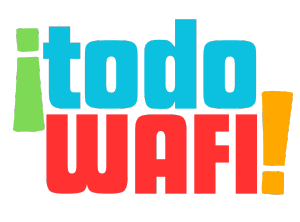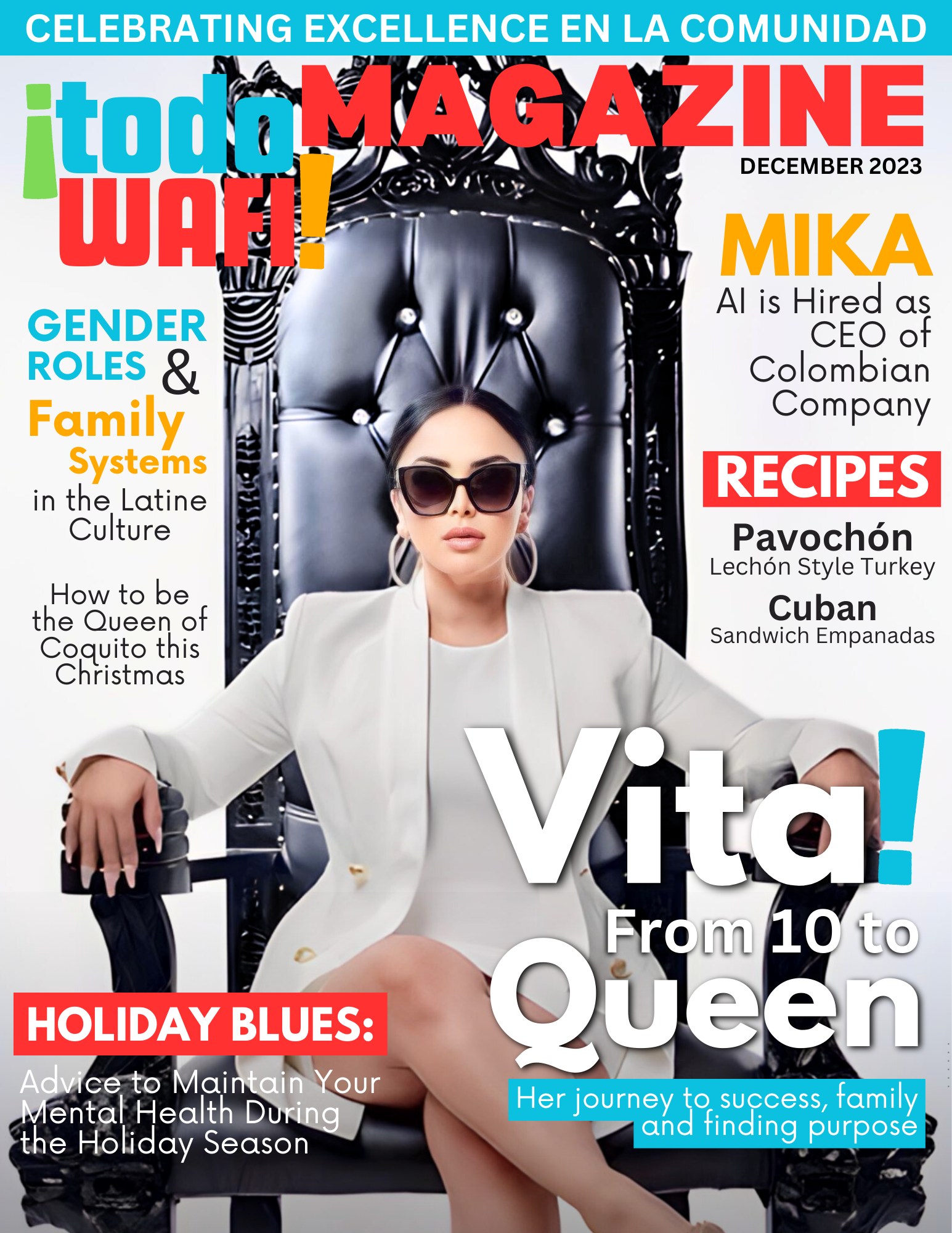According to Lequizamo’s Netflix special, Latin History for Morons, the precisely imprecise general breakdown of Latino DNA includes “40% ‘Indian’ [that’s the Indigenous bit folks], 25% Black, 25% White, 25% Jewish, 25% Lebanise, and 40% I don’t know what the fuck for a grand total of 180% Latino people.”
On the real though, 25% of Americans say that they are of indigenous heritage. But let me spill the tea because that statistic is from the Smithsonian’s 2015 website. That’s more than seven year old information!
Now keep in mind that Central and South America have over 800 different indigenous peoples or a total of 45 million people as of 2015; also not recent data there. Regardless, some of the most well known indigenous groups include the Mayans, Quechua, Aymara nations.
Putting Together the Pieces
I was given an Ancestry DNA test in January of 2022 and of course, I discovered I’m a mutt. Who would’ve thought, right? I discovered that I’m 1) Latina asf, obvi and 2) that I’m also quite indigenous.
Although Ancestry DNA really only provides a general identification of the region you are from, getting confirmation of my ancestry still sparked inspiration for me. According to my results, the indigenous regions I am from include 12% Indigenous Eastern South America (wow super specific right?), 10% Indigenous Americas – Yucatan Peninsula, 7% Basque, 5% Indigenous Americas – Ecuador, 4% Indigenous Americas – Panama & Costa Rica, 4% Indigenous Americas – Colombia and Venezuela, 3% Indigenous Cuba, and 1% Indigenous Americas – Bolivia & Peru.
All that makes for a grand total of 46% Indigenous from a variety of regions in South America; which I don’t know about your books, but I personally would classify my DNA as Indigenous af. So being the upcoming second semester senior at the time, I took advantage of my capstone to further motivate me to continue my search for knowledge about my ancestry.
I decided to do my Political Science and International Studies capstone on the developmental chain of Indigenous Peoples of Latin America. I honed in my focus on the Basque Nation in Spain, the Indigenous Peoples of Bolivia, and predictably on Indigenous peoples of Venezuela.
Deeper Discoveries
Making this my capstone project helped me discover who the indigenous groups in each country were, their story in history, and what current humanitarian crises they face.
For Spain’s Basque Nation, I discovered this Indigenous population had one of the oldest languages known to Europe. I also learned that Basques are the only indigenous population to successfully vote for and gain self governance within Spain.
Even though my Indigenous roots to Bolivia were significantly low at a hot 1%, buuuutttt this country does have the largest Indigenous population in South America. Over 41% of the population above the age of 15 identifies as having Indigenous roots; that’s a lot of people y’all! So in figuring Bolivia’s Indigenous population has a lot of voice in their governmental system, I really wanted to explore where that voice comes into play.
I found that Bolivia has an organization called The Andean Oral History Workshop (THOA). The organization was established in 1983, originally being created by students and professors of la Universidad Mayor de San Andrés. THOA was able to preserve Indigenous history by transcribing history, traditions, myths into books and pamphlets. I don’t know if I have Andean ancestry quite yet, but it was still super cool to hear the initiative taken by academics to preserve the culture and decolonize education.
As for my home sweet home of Venezuela, I found that only 2.8% of the 32 million person population identifies as Indigenous. The nation that I focused on was the Yanomami peoples and how the switch from oil to gold as a means of government profit has led to mass exposure to Mercury, a toxic element to people. Not only that but gold miners have been found to be violent, force labor upon and sexually exploit the Yanomami peoples solely because they live on the protected land that is being mined on.
While this was some really heartbreaking underreported news, I still found a whole slew of organizations that are gathering data on and working to alleviate the crisis through advocacy-work in Venezuela.
My biggest takeaway from my project was in recognizing what factors allow for better or worse humanitarian conditions and how the immense need to report and include Indigenous history in our modern educational systems. With my senior capstone, I was able to discover an entire population of people that I would have never discovered up until this point.
From Class to Life Practice
By the end of my project, I felt closer to my recently discovered, yet somewhat inspecific heritage. I only wish that Political Science allowed for more exploration into the cultural traditions and practices; I suppose that’s the next step in my journey.
I recently heard of SOMOS Ancestria, a similar organization to Ancestry DNA, but specifically for us Latinos. They can collect the information taken from my previous DNA test and pull it against their more specific database which would actually uncover which Indigenous nations I am from (even though Ancestry DNA would say I’ve got a sprinkle from everywhere).
Once I take this next step in my journey, I hope to do even more research on my ancestry and learn more about the specific cultural traditions that I have been missing out on up until this point. I invite you to do the same, take charge in learning your ancestry and reintroduce the raizes that might be distant due to time.

























